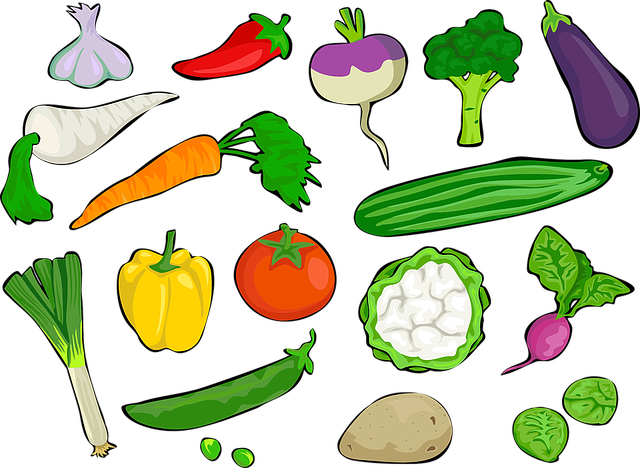How may agroforestry help farmers and the environment?
Agroforestry is a sustainable and environmentally beneficial farming technique whereby a land-use adaptation strategy mixes the raising of cattle or crops with trees. This creative approach offers several benefits for the environment as well as for farmers since it replicates natural ecosystems.
Agricultural and Financial Advantages of Agroforestry
Benefits for the Environment
- Agroforestry systems benefit soil structure, lower erosion, and increase water retention by means of trees and plants.
- Agroforestry systems generate various environments that support a great variety of plant and animal species, therefore promoting biodiversity.
- Tree absorption of carbon dioxide from Earth’s atmosphere helps to slow down global warming.
Economic Advantages for Farmers
- Through the sales of fruits, timber, and other non-timber forest products, agroforestry systems can create more money.
- Diverse revenue sources assist farmers reduce the risks connected to changing prices on the market and climate variability.
- Shade trees can help to control moisture and soil temperature, so raising the crop yields.
Recall on Ecologically Friendly Future
Many of the problems confronting contemporary agriculture have a possible answer in agroforestry. Combining conventional wisdom with modern methods will enable this approach to produce strong and environmentally friendly farming systems. Agroforestry turns out to be a great instrument for creating a more sustainable future as we try to reconcile environmental, social, and financial requirements.
Category:
Farming & Environment

